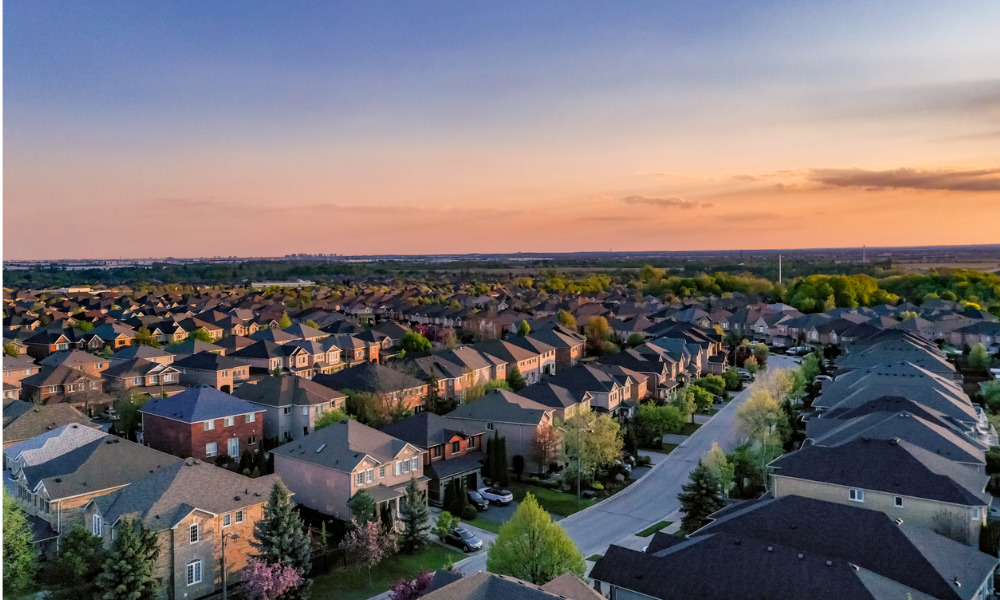Canada's recent population growth was mostly seen in a certain location type

Nearly three in four Canadians (73.7%) lived in one of Canada’s major urban markets in 2021, up from 73.2% five years prior, according to the national statistics agency.
With a population of 100,000 or more Canadians, these census metropolitan areas (CMAs) represented most of Canada’s population growth (5.2%) from 2016 to 2021.
During the same period, the downtown populations of these CMAs grew at a faster rate (10.9%) than the pace seen in Canada’s urban centres as a whole (6.1%), and more than double the rate (4.6%) seen in the previous census cycle, StatCan said.
As of spring 2021, 3.5% of the national population (amounting to roughly 1.28 million Canadians) saw their permanent homes located in the downtown areas of the country’s large urban centres. The most populated of these were Toronto (275,931 people), Vancouver (121,932), Montreal (109,509), Ottawa (67,169) and Edmonton (55,387), while Vancouver registered the greatest downtown density (18,837 inhabitants per square kilometre).
Read more: Is the urban exodus about to slow down?
In the five-year period ending 2021, Canada saw six more CMAs come into being, attesting to the increasing urbanization of the national population.
“Canada continues to urbanize as large urban centres benefit most from new arrivals to the country. From 2016 to 2019, Canada welcomed a record high number of immigrants and more than nine in 10 settled in CMAs,” StatCan said. “Rapid population growth in cities is increasing the need for infrastructure, transportation and services of all kinds – including front-line emergency services.”



